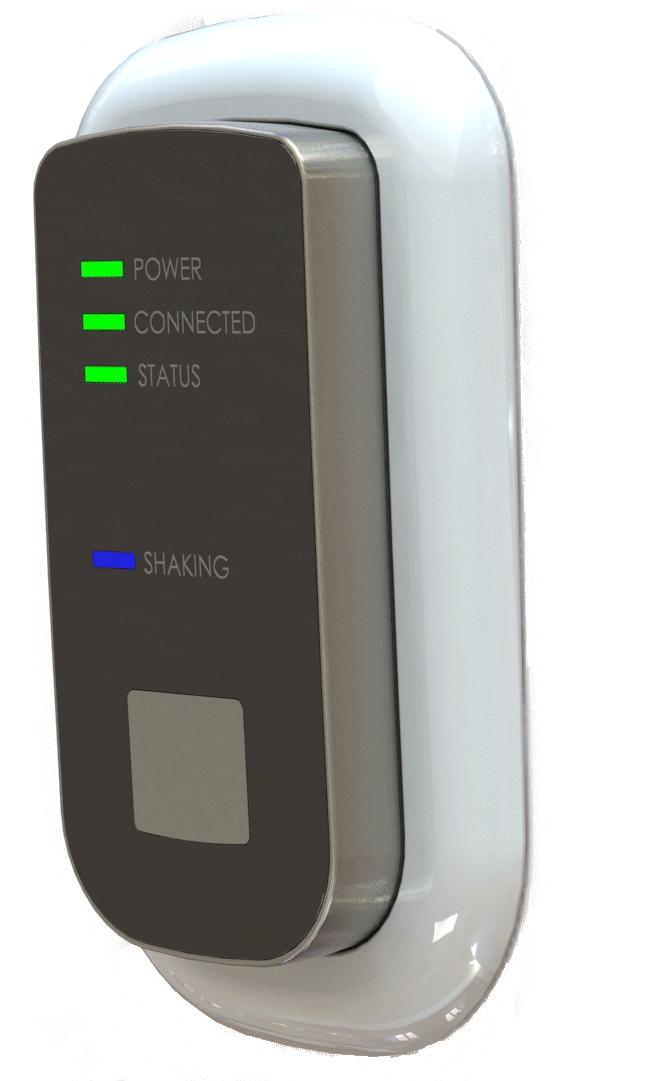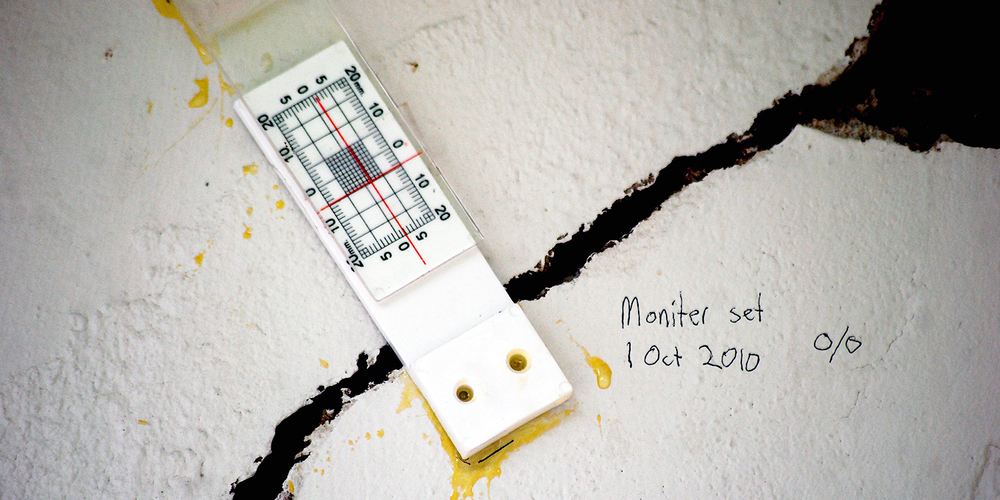PALO ALTO, CA, November 7, 2017 — Zizmos Inc., a Silicon Valley technology startup, today launched a $250,000 Kickstarter campaign for an earthquake early-warning system designed to reduce casualties in the next major earthquake. Residents and businesses concerned about earthquake preparedness in seismic zones will appreciate the importance of this new system. Zizmos sensor technology provides crucial seconds of advance warning to protect occupants from oncoming earthquakes. Zizmos invites the global community to learn more about this new technology and to support the exciting Kickstarter campaign.
Link to Kickstarter Campaign
Depending on the proximity to the epicenter, a typical advance warning of 10 to 15 seconds or more is possible. This is sufficient time for occupants to drop under a desk, hold on to a railing, and take cover from falling objects. An early-warning system may reduce the number of injuries from a major earthquake by fifty percent. With an early-warning alert, a manufacturer may shut down sensitive processes to brace for impact, mitigating the damage that shaking causes.
Building on a $1,000,000 grand prize from Verizon’s Power Answer competition and the engineering research from the founder’s work on Stanford’s pioneering Quake-Catcher Network, Zizmos has built a cloud-connected system that makes earthquake early warning an economic reality. The network is built using two types of sensors: permanent wall-mounted Wi-Fi sensors for homes/offices, and smartphone-based sensors using the eQuake® Mobile App (Google Play & Apple App Store).
“We don’t rely on any one or two readings to issue an alert; rather, we look for a correlated signal from multiple sensors in our network,” says Gazi Yildirim, Zizmos Founder & CEO. “Crowdsourcing the sensors helps to minimize false alarms, but also means we need people in seismic zones to host a sensor in their homes and businesses.”
Zizmos issues alerts through the eQuake Mobile App and to low-cost wall-mounted sensors, helping to ensure personal safety during the next large quake. Zizmos estimates the number of seconds before shaking hits the user’s location. As of today, the eQuake App has over 140,000 downloads and was nominated for Apple Music’s new series Planet of the Apps.
Zizmos has tested the sensor at the University of Nevada-Reno world-class earthquake lab. With help from Calpine Corporation, Zizmos piloted a test network at the Geysers of Northern California. Frequent quakes have been detected over the past six months with excellent correlation to USGS data.
The Zizmos mission is to build a crowd-sourced earthquake early-warning system in California and global regions facing seismic risk. To achieve this, Zizmos and the greater community depend on your pledge today, starting at just $159 for a single sensor, and $25 toward the eQuake App.
For more information, visit the Kickstarter link below, Zizmos and eQuake are registered trademarks of Zizmos Inc.
###


















